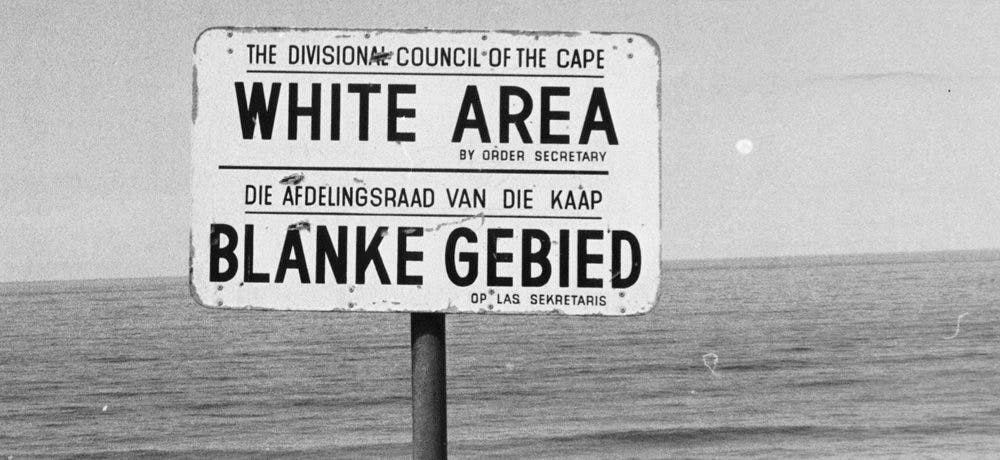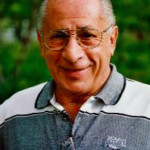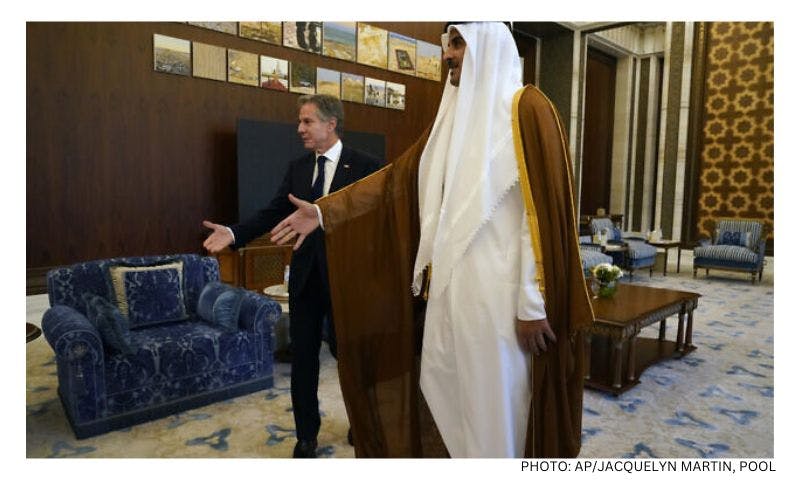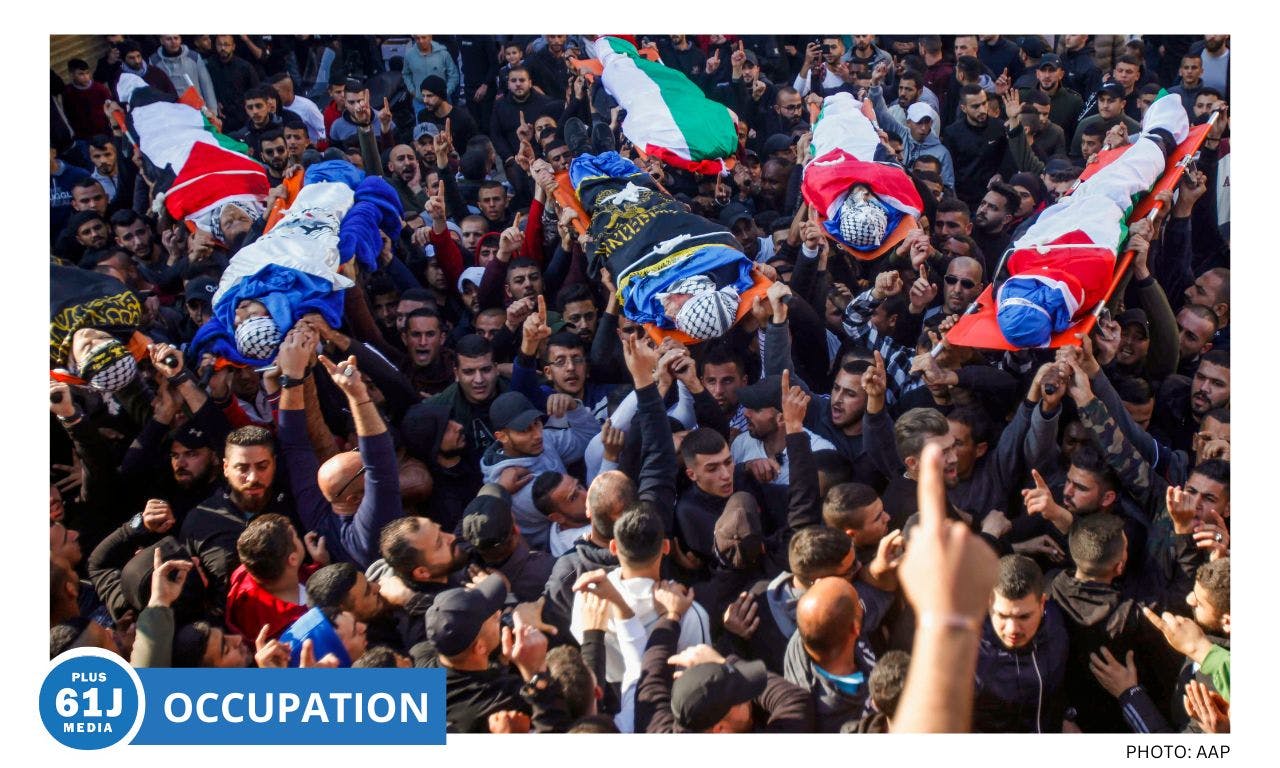Published: 24 June 2017
Last updated: 4 March 2024
Hatreds differ, widely. In the social context, aversions are often normal, banal: I strongly dislike twelve-tone music, runny fried eggs, heights. Hate manifests in the visceral, deeply emotional and even intellectual sense of intense hostility, of antipathy, a loathing and a despising: I hate snakes, spiders, Blacks, Chinese, Muslims, Jews. I abhor them because of the way they look, sound, behave and how I interpret what they represent to me in a socially and even existentially significant sense.
My professional life centres on researching, teaching, and writing in the fields of comparative race politics, genocide studies, youth suicide, migration studies and sports history. In these domains hate is ever there, below, on, and above the surface. And in genocide studies we soon learn that one of the prerequisites for the crime, the main ideological imperative, is an “ancient hatred” — of the Jews, Armenians, Bosnians, Tutsi, heathens, infidels, the ultimate Others. Some antipathies in life are reasonably rational, but most arise from irrational fear. This essay considers the hate born of fear in South Africa and the hate arising from disdain in Australia.
In studying genocide we learn how that irrational hate is translated into action: social exclusion, cultural rejection, geographic separation, residential segregation, political discrimination, economic and occupational inequalities, educational inequities, ethnic cleansing which bleeds into genocide, the terminal exclusion.
SOUTH AFRICA was a place of fear, loathing, and denigration in a four-tiered colour-coded society. Whites, now 8 per cent of the population, were at the top of everything, following by those once described as “God’s step-children”, the Cape Coloured descendants of earlier mixed unions between Dutch East India Company officials (who arrived in 1652) and local Hottentot, African and Bushmen women. They are now close on 9 per cent. Then came the Tamil Indians, imported from the sub-continent as indentured labourers in the mid-19th century to work in the sugar cane fields because the hitherto unconquered and proud Zulus refused to do so. Never repatriated, they are now 2.5 per cent of the nation.
At the very bottom, the Black or African mass, 80.2 per cent of the population, ill-perceived by the Dutch East India officials and their descendants to come, the Afrikaners (the Boers or ‘farmers’) who came to speak a Dutch derivative, Afrikaans. They viewed Blacks as schepsels, creatures, cursed as the progeny of Ham, a black son of the biblical Noah. He had seen his father in a state of disgrace, and the heavenly curse was that he and his descendants to come would be hewers of wood and drawers of water, a servant class in perpetuity, but also a people who could never achieve the true spirituality attainable by a “white” man.
Segregation was there from the start, certainly culturally and socially, followed by economic disparities, and by geographic, political and legal apartness (apartheid) until the era of Black rule in 1994, some 342 years after it all started.
In an abnormal society, race and racism were normal, never seen as aberrant, ignoble, demeaning, immoral. God, for the adherents of the Dutch Reformed Churches, ordained and blessed the layered system. Racial distinctions were everywhere, every day. Freedom of movement, places of domicile, housing, places of worship, schools, university admissions, public transport, hospitals, ambulances, jobs and occupations, salaries and wages, pensions, prisons, marriage eligibility, sports stands, toilets, elevators, and even blood transfusions were determined by one’s racial classification. Even in the two integrated universities (Cape Town and Witwatersrand), Black medical students (in segregated anatomy laboratories) couldn’t dissect white bodies. White students could dissect anyone. All of that was proudly called, “the South African way of life”.
The benefits for the ruling class were obvious: personal power, wealth, easeful lifestyles — even at a lower level for the class known as poor whites, one still able to sustain life and at least one servant. Colour bars operated in almost all industries and enterprises, ensuring white “bossmanship” over often more competent “non-white” workers. Reserved seats meant reserved for whites — in political life, in the public and private sectors, in education, hospitals, schools ...
Was all this simply about innate racial privilege? No. It was about hate, a hate born of fear. Between 1779 and 1879, no less than nine “Kaffir Wars” took place between white settlers and the Black native population, and only in the teen years of the 20th century was the last Zulu rebellion put down. Whites certainly had reason to be in awe of Black military organisation and prowess.
But the essential fear was of swamping, by sheer numbers. White South Africans always had a pathological fear of being outnumbered, always wanting a better population “balance” that would give them a degree of physical safety and, I suggest, an easing of a suppressed conscience arising from the fact that so few held absolute sovereignty over so many.
After the Boer War (1899–1902), movement began for a Union of the four colonies ruled up to that time by the British: the Transvaal, the Orange River Colony, the Cape of Good Hope and Natal. Seven years before that formal union, a commission was appointed to explore a racial blueprint for the unified state.
The Lagden Commission (1903–1905) concluded that the time had come to set apart, territorially, a white South Africa and a Black South Africa, with maps to be drawn showing the territorial dividing lines. This had to be done, it was said, because Blacks and Coloureds at the Cape had a franchise — albeit with strong educational and property qualifications for the vote — and formed some 15 per cent of the electoral roll. In time, said the Commission, Blacks could outnumber the whites electorally, or even have sufficient numbers to influence elections “in their favour”.
The vote had to go, and in its place Blacks would be allocated lands where they could live “and develop along their own lines”. That blueprint was rebadged as the absurd Bantustan concept of prime minister Dr Hendrik Verwoerd in the 1950s and 1960s. The geographic arithmetic was that 80 per cent of the nation would live on 13 per cent of the land.
Between Union in 1910 and the general election of 1948, political and social life was dominated by “Die Swart Gevaar,” the Black Danger, and by elections with nicknames like “the Black Manifesto Election” that promised ever more draconian legislation “to keep the Blacks in their place”.
As the 1930s approached, as fascism and national socialism took hold in Europe, so Afrikaner nationalism became more menacing and aggressive. “Shirt” movements and jackboot militia abounded, appropriating Nazi symbols and ideologies towards the parasitic and corrupting Jews, the “mongrelised” Cape Coloureds who betrayed the purity of blood and race, towards the black masses they regarded as God’s inferior people.
When the National Party of the demagogic theologian Dr Daniel Francois Malan won a race-hate, race-fear election in 1948, and ruled thereafter with authoritarian fists until 1994, the suppression of “non-whites” reached its apogee: rigid domiciliary areas based on race and colour, job reservation by race, wages apportioned on the basis of “civilised labour” and “uncivilised labour” (the labour “rendered by persons whose aim is restricted to the bare requirements of the necessities of life as understood among barbarians and undeveloped peoples”), by school and university segregation (with two exceptions), disenfranchisement of Cape Coloureds (Blacks lost their vote at the Cape in 1936), prohibitions on inter-racial marriage, strengthening of laws banning inter-racial sex (between any member of any one group and another), banning of inter-racial blood transfusions, segregated social facilities, bans on inter-racial sport, prohibition of live-in domestic servants having their spouses or children with them, migratory workers in mines and manufacturing barred from bringing wives with them in their allegedly “temporary sojourn to minister to the white man’s needs”.
Yet there was (and still is) a bifurcation in the psyches of white South Africans: often enough a liking for one’s dark employees, a fondness for one’s nanny (and everyone has or had a black nanny, the eternal woman who feeds, bathes, clothes and educates one initially). There was, even before 1994, occasion enough to watch whites concerned for Blacks who boycotted buses or trains because of price hikes and who found ways to pick them up and drive them to and from work. There were huge lines at blood transfusion banks when a tornado disaster befell a black Johannesburg township. There was joy when white folks learned a few native language phrases, there was pride in their material culture and music, appropriated as their very own national identity.
More commonly, gross person-on-person brutalities were the order of the day: beatings, caging, dragging people behind vehicles, literally throwing a recalcitrant worker into a privately-run lion’s den, and other such barbarisms. In the 1950s and 1960s, several Eastern Transvaal farmers beat their prison labourers to death and buried their bodies. Such beatings were usually rationalised as Blacks having “harder skulls” and a much-lowered sensitivity to pain.
But for all the harshness, unkindness, exploitation, pain and disdain, Blacks were always people of account, people who had to be taken into consideration even when their rights were traduced by vigorously enforced laws: they were too large a mass, too powerful and organised as a people to be ignored. In that sense, they were people of respect, fear-respect, a worthy but wary foe.
There was no chance of distancing “them”. “They” were omnipresent — in your kitchens, bathrooms, bedrooms, nurseries, in your offices, factories, warehouses, perpetual and ubiquitous minions taking care of your needs and wants. And everyone was aware, however dimly or dismissively, of a “powder keg” awaiting a cataclysmic match to set it off.
That regime change came as a relatively peaceful event surprised all: the Blacks, the Afrikaners, the English-speaking white sector, the world at large. It took two outstanding men, F.W. de Klerk and Nelson Mandela, to broker that seemingly miraculous revolution. And while there has been some violence towards the white population, particularly farmers, since 1994, one has to note that the transition has taken place with dignity, a surprising degree of good will given the history, and a huge turnaround in inter-personal relationships.
 AUSTRALIA has a totally different geography, history of settlement, and demography. The continent is six times larger than South Africa and has a population of less than half that of the Republic (24 million versus 55 million). The Aboriginal population is some 650,000 to 700,000 — just on 2.9 per cent. Not only are the racial ratios vastly different but the geographic distribution of ethnicities is so divergent. For many Australians their only encounter with Aborigines is on television.
AUSTRALIA has a totally different geography, history of settlement, and demography. The continent is six times larger than South Africa and has a population of less than half that of the Republic (24 million versus 55 million). The Aboriginal population is some 650,000 to 700,000 — just on 2.9 per cent. Not only are the racial ratios vastly different but the geographic distribution of ethnicities is so divergent. For many Australians their only encounter with Aborigines is on television.Despite Britain’s injunctions to the First Fleet — which arrived to settle the continent in 1788 in the name of George III — to engage in friendship and live in amity with the natives, the first genocidal massacre occurred in Tasmania in 1804. There were to be at least another 70, some say 110, such events between Risdon Cove and the last killings in the Northern Territory in 1928.
What distinguishes South Africa and Australia is that the former was always guilty of crimes against humanity (declared as such by the United Nations in 1966), but never of genocide. Australia has been genocidal, if not de jure then certainly de facto.
Australia also exploited Aboriginal labour, in the cattle and sheep industries, in the sugar cane plantations, and as domestic servants and as sexual chattels. There was a fear factor, but nothing like that suffusing South African white society. There was fear, about Aborigines spearing cattle, and on several occasions, spearing settlers. The frontier was a place of skirmish, of invasion and resistance to the taking of lands and of women. But the antipathy to the indigenous people — who had been part of the landscape for some 60,000 years — was never really about physical fear: it was about disdain, contempt writ large.
In 1697, William Dampier, an early circumnavigator, described Aborigines (through his telescope) as “the miserablest people in the world”. That seemed to set the tone: from early arrival the settlers perceived the natives as unattractive, heathen, lacking any form of governance, any social organisation. Worse, they seemed to have no sense of property, or its worth, and that alone put them beyond membership of a “civilised polity”.
Settlers and officials saw them not just as other, that is, different from other ethnicities, but as other than human. They were described as “troublesome wild animals to be shot and hunted down”, vermin, ferae naturae, “creatures scarcely human”, “hideous scandals to humanity”, “loathsome”, a “nuisance” and fair game for “white sportsmen”. From the mid-nineteenth century, the “private” genocide by settlers and released convicts gave way to official Native Police units, the most violent organisations in Australian history, that began a programme of “dispersals”, euphemistically phrased as “shooting kangaroos”.
Such was the disregard for Aborigines that less than a handful of cases for massacre and murder were brought to trial. The most infamous of them, the 1838 Myall Creek massacre in New South Wales, ended in conviction and the hanging of seven white herdsmen who murdered 28 Aborigines. In 2005, a reconciliation group erected an on-site plaque-monument in memory of that occasion: it has been vandalised every year since by those who see the memorial as diminishing the stature of the white men who were “doing the right thing”.
Aboriginal disadvantage today still rests on disregard, deprecation, disdain. Despite governmental efforts at “closing-the-gap” on a wide range of social indicators, in many remote and rural communities there is a remarkable absence of basic facilities — potable water, excreta and garbage disposal utilities, gasoline for transport, access to health and medical services, communications, schooling. In all such provisions, their lot is always the lesser, the last to be installed, the least maintained. And while Aborigines are now much more in the national consciousness, seen more and more as one of the “top five” social issues in Australian public life, they are still often regarded as essentially unworthy people, unworthy victims.
Between 1839 and 1988 some 30,000 to 40,000 mixed-descent Aboriginal children were forcibly removed from their natural parents and placed in foster homes, special schools and “assimilation homes” — to wean them of their Aboriginality. Their future, it was said, “lies with us”.
In 1997 an official inquiry into “the Stolen Generations” found that genocide (under Article II(e) of the UN Genocide Convention) had occurred and that a reparations tribunal should be established. The conservative federal government strenuously opposed the findings on genocide and the very idea of reparations. About a dozen removed children resorted to civil law suits: most were lost on technicalities, but in 2007 a South Australian Supreme Court awarded one man A$770,000 for his removal. Despite admissions and formal apologies by two prime ministers, there are to be no reparations: “the money can be better spent elsewhere” is the repeated explanation. “Elsewhere” is not explained or elaborated.
That attitude is a litmus test of unworthiness.
This The Jewish Independent article may be republished with this acknowledgement: ‘Reprinted with permission from www.thejewishindependent.com.au’
Related:
‘This is our genocide’ – a scholar’s treatise on Aboriginal suffering pleads against turning the page and forgetting
Debra Jopson reviews ‘Australia’s Unthinkable Genocide’ by Colin Tatz.
Oppose the occupation as if there’s no BDS – and BDS as if there’s no occupation
Benjamin Pogrund on why Israel is nothing like apartheid South Africa.





Comments
No comments on this article yet. Be the first to add your thoughts.